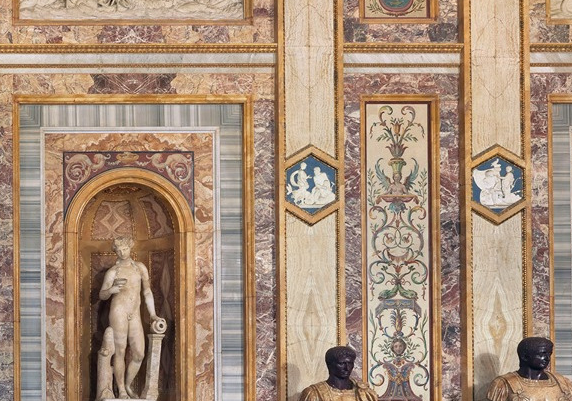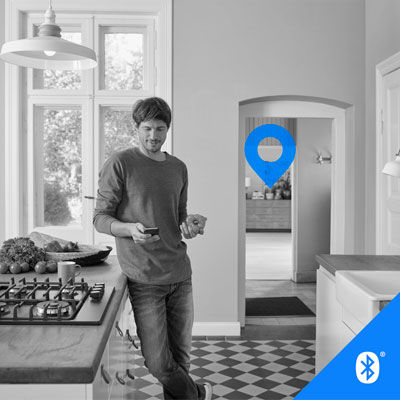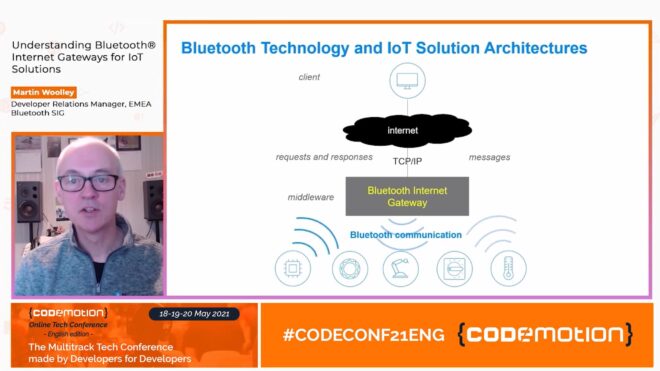There were roughly 10 billion “things” connected to the Internet at the end of 2015, and it is projected that this number will jump to 34 billion devices by 2020. With such significant growth in connected devices—and, with it, our insight into the data around us and its impact on our environment—it’s no wonder that governments are expected to turn to the IoT to increase productivity, decrease costs, and improve the quality of life. According to some reports, governments will be the second-largest adopters of IoT ecosystems over the next few years.
Fourteen-year-old Sanjana Shah was not thinking of any of this—only how to solve a potentially deadly problem in both her neighborhood and around the globe—when she developed her Smart Flood Sensor.
Last year, Sanjana and her family were stranded in city streets during a heavy downpour. Traffic was moving at a very slow pace, on-ramps were closed, and cars all around her were losing traction in the floodwaters building up on the freeways. After her experience, Sanjana researched road flooding and, according to data from 1980 through 2009, found that this all-too-common scenario has negatively impacted (think traffic issues, car accidents, property damage, and more) 2.8 billion people, caused 568,000 deaths, and is considered the number one natural disaster in the United States.
As a member of her school’s Science Olympiad team and with her passion for coding and automation, Sanjana knew there was a way to apply science and technology and help mitigate the damage of flash floods.
“I love hands-on technical and science experiments and I’m always thinking about how various electronic components and scientific concepts can be combined to solve larger problems,” said Sanjana. “I became obsessed with finding a way to measure and predict flood waters so city planners could quickly identify and fix the flooded areas, as well as prepare the city for future storms.”
Sanjana devised an IoT-based solution to do just that. Her Smart Flood Sensor uses a water flow sensor that is attached to a drainpipe and collects data using Arduino. It then periodically transmits the flow rate, wirelessly, to the IoT Cloud. The device is powered by a set of batteries and can last for more than one year on a single charge. Once in place, the Smart Flood Sensor can detect, monitor, and measure water flow and record that data to the IoT Cloud for analysis in order to predict and prevent future flood damage. The devices also incorporates text message and cloud-based notifications to alert local crews – like city planners or first responders – and help reduce response time to areas with potential flooding.
“Bluetooth® was absolutely critical to making my design work,” said Sanjana, who went on to explain. “It becomes practically impossible to maintain the IoT devices that are in hard-to-access areas and, in order for these sensors to work, they need to be deployed underneath the drainpipes. I also needed a way to wirelessly communicate with the widest audience in order to make the device useful and practical.”
The sensors require occasional maintenance like installing the latest version of Sanjana’s software onto the Arduino and reading diagnostic values. Bluetooth® technology establishes a wireless link so that there is no requirement of physical connection between laptop and Arduino, allowing city crews to easily access the device from upwards of 10 meters away. Sanjana has deployed and tested prototypes of the Smart Flood Sensor in and around her neighborhood. She has even spoken with her city’s mayor to discuss how to take the project further.
Sanjana hopes to continue this conversation and meet with district officials, city planners, and water companies to put the device into wide-range testing in storm drains throughout her city. Next steps for the project include developing more devices for testing and improving production quality. Long term, Sanjana hopes to engage students from other countries that are in absolute need of this kind of flood monitoring system, to teach them how to build and install their own Smart Flood Sensor system and help prevent city floods around the globe.



























